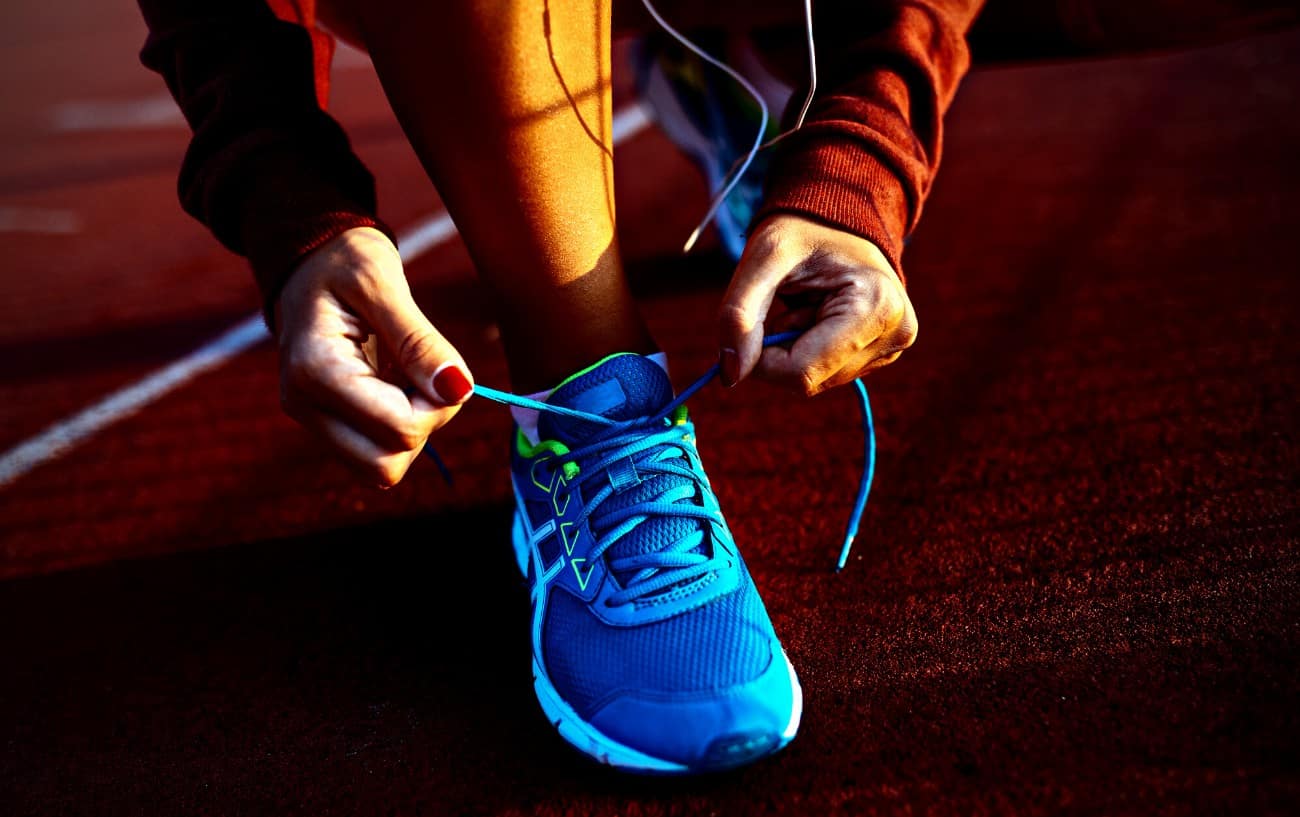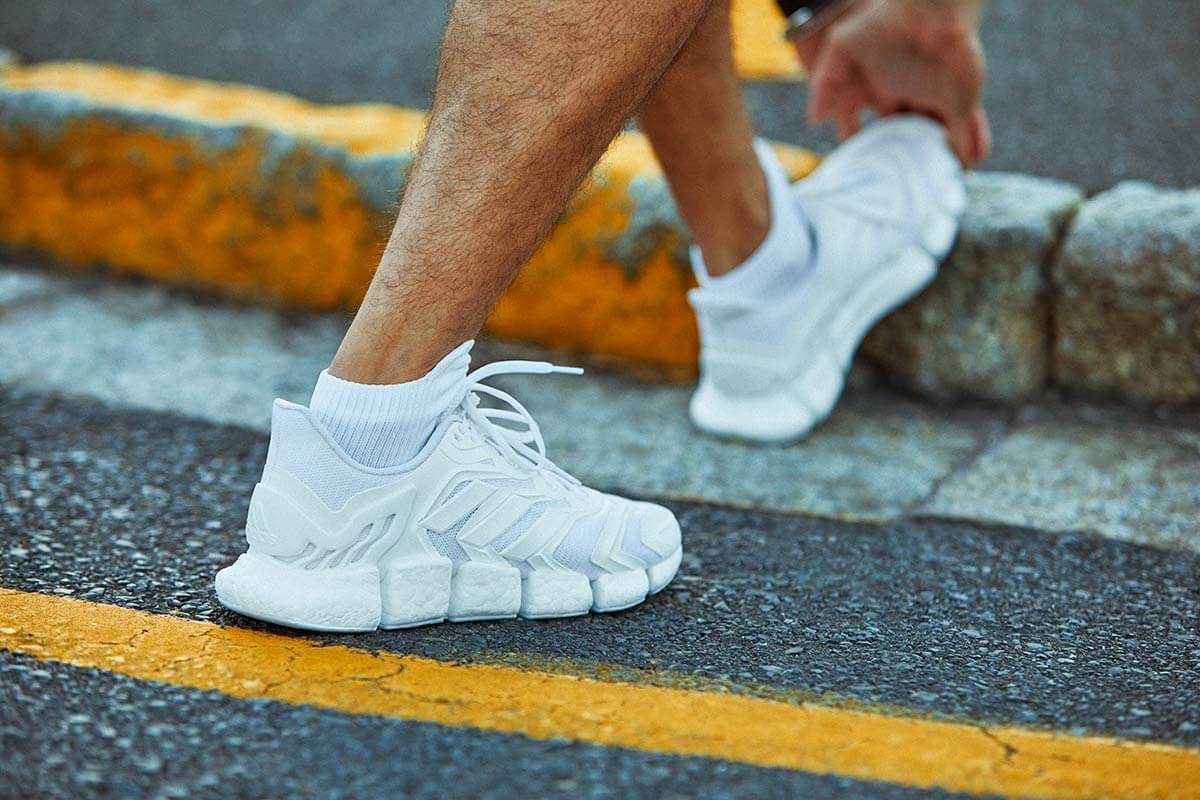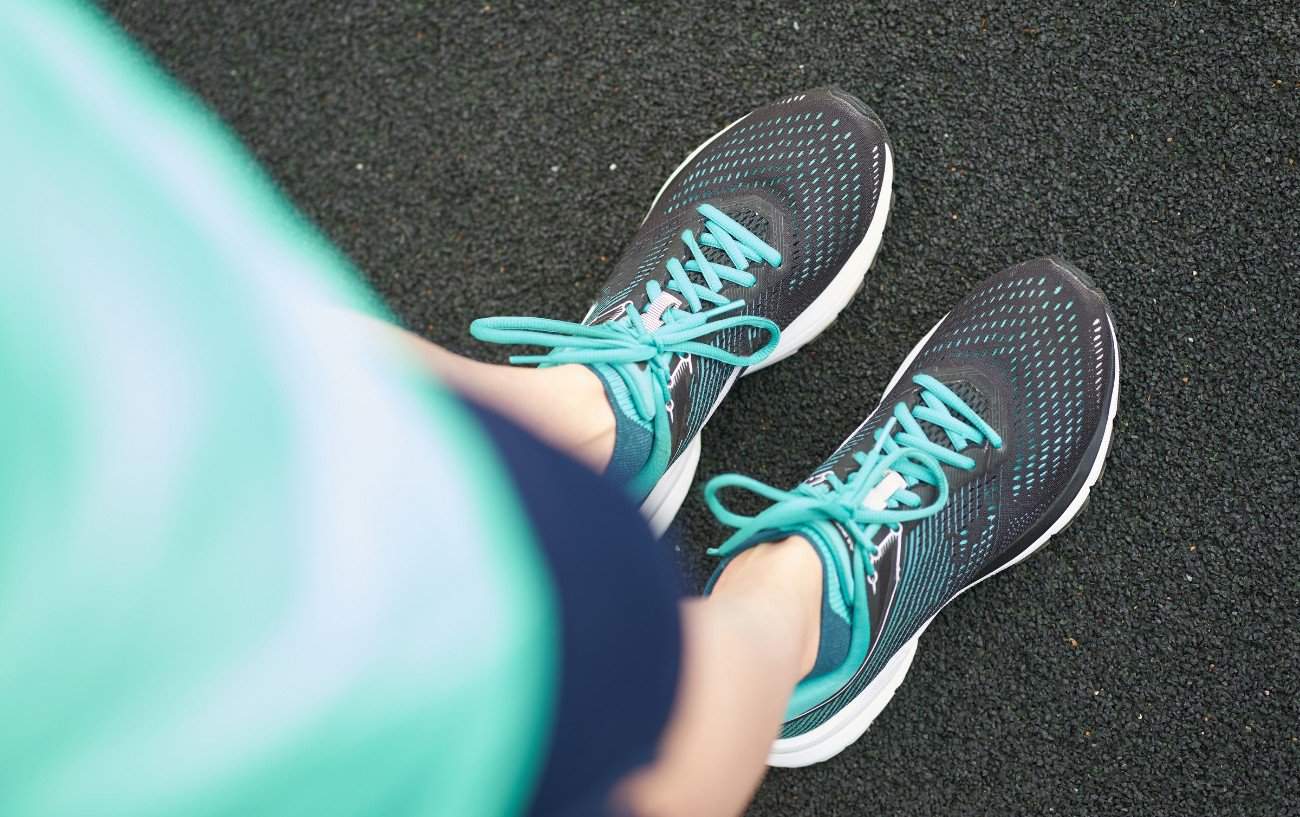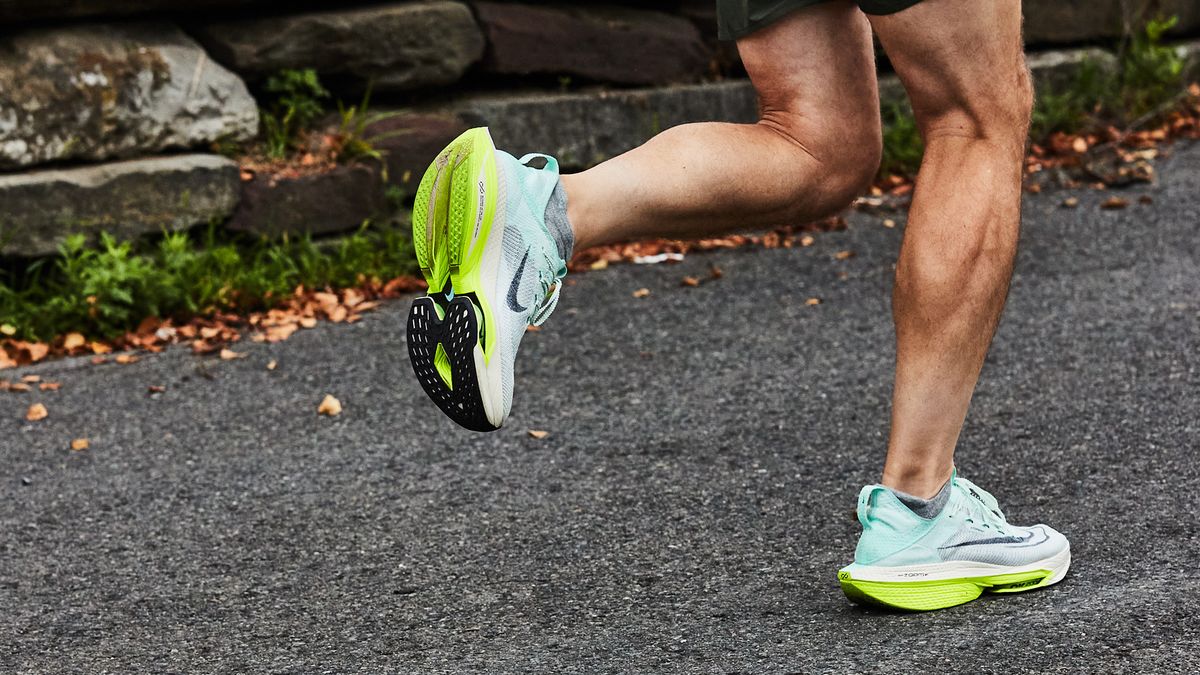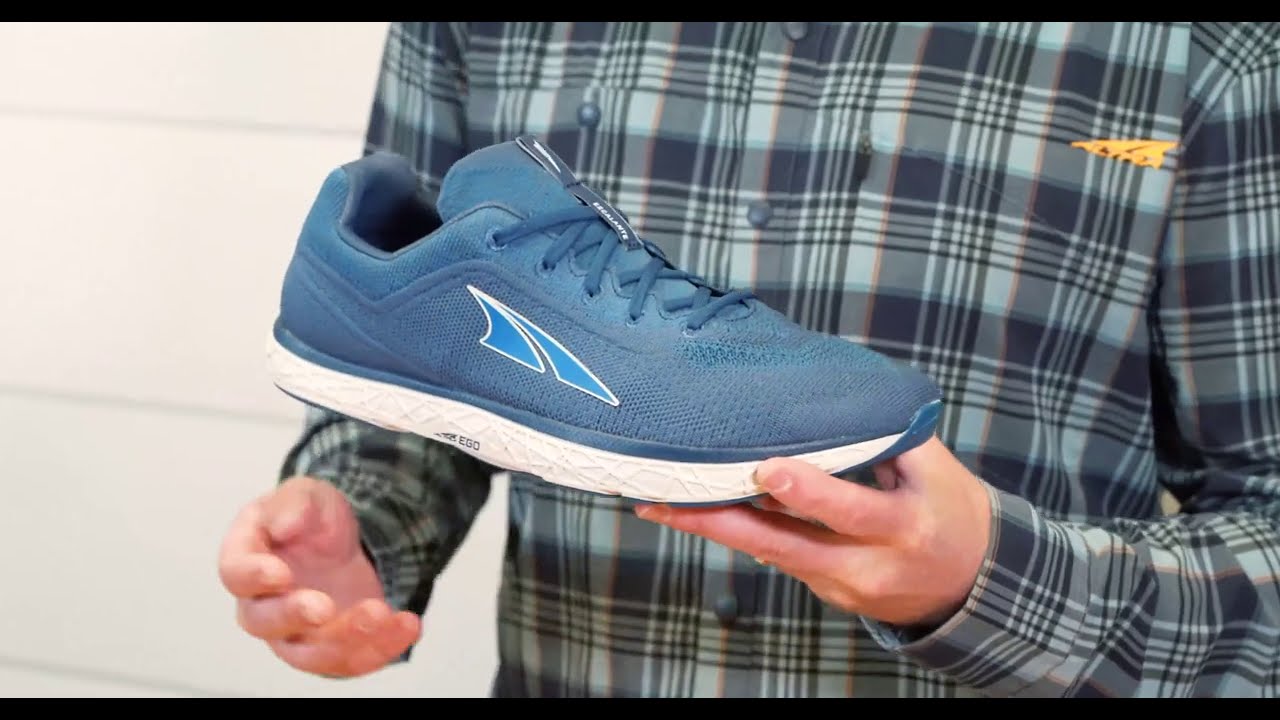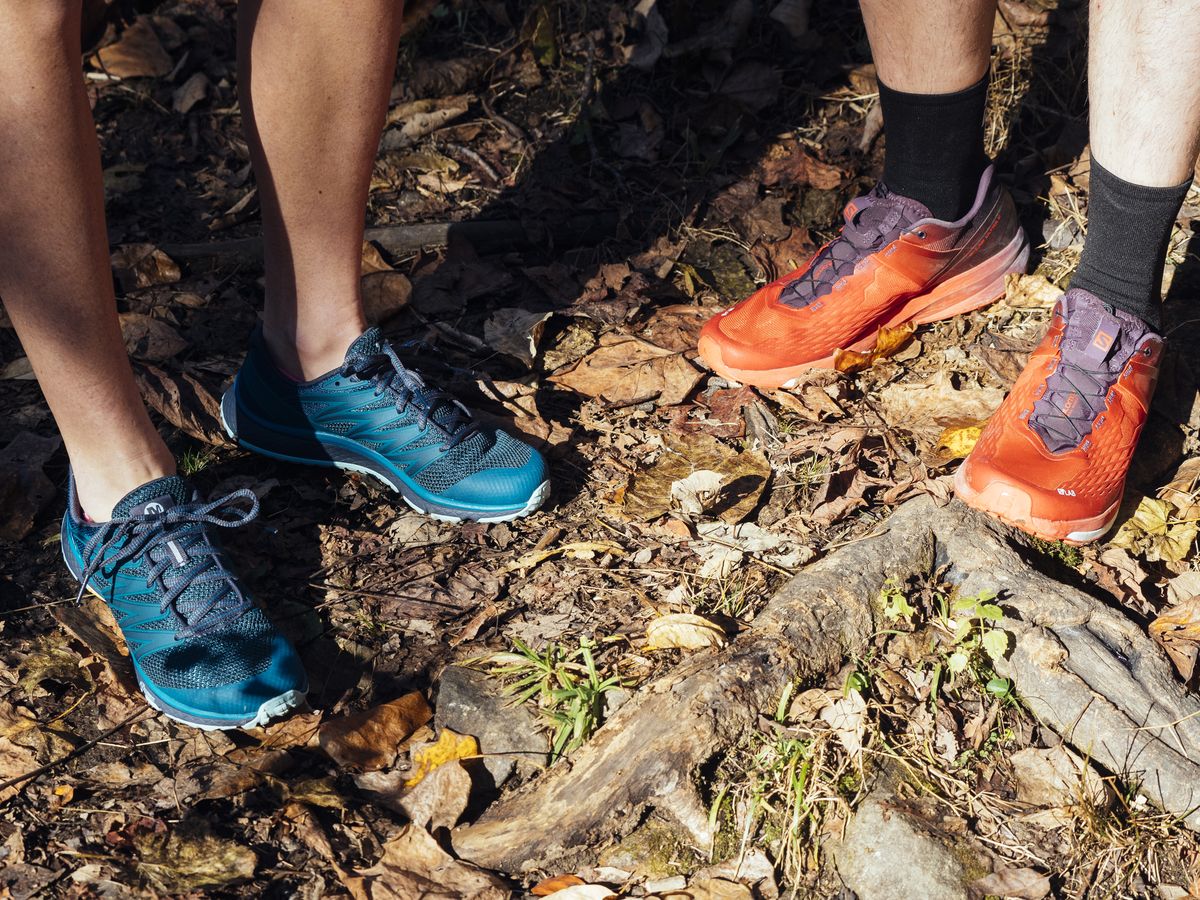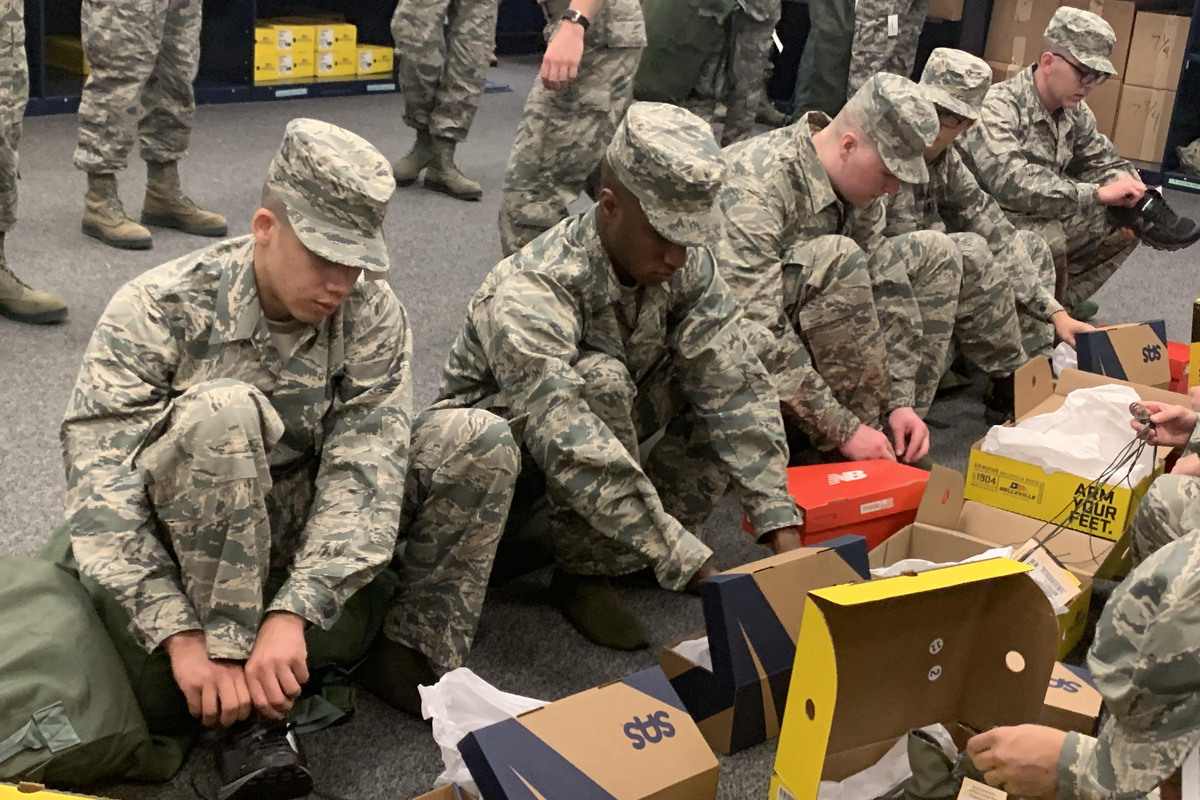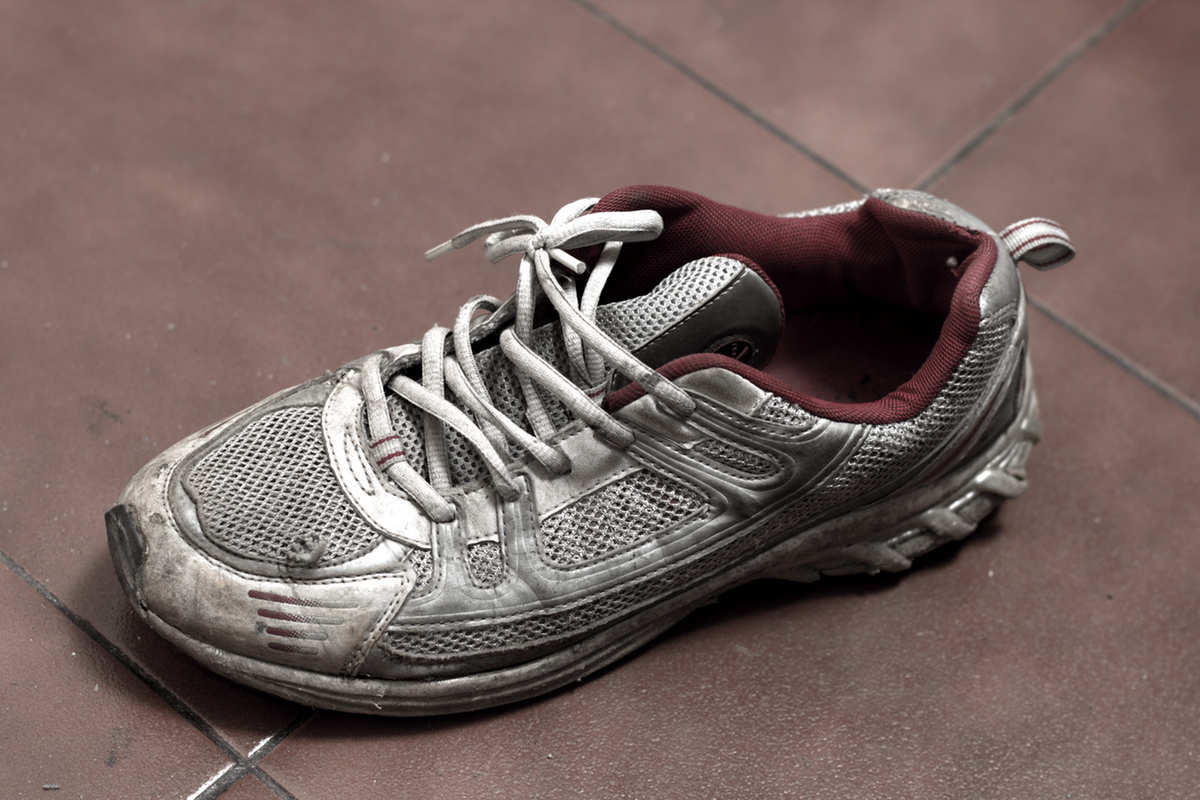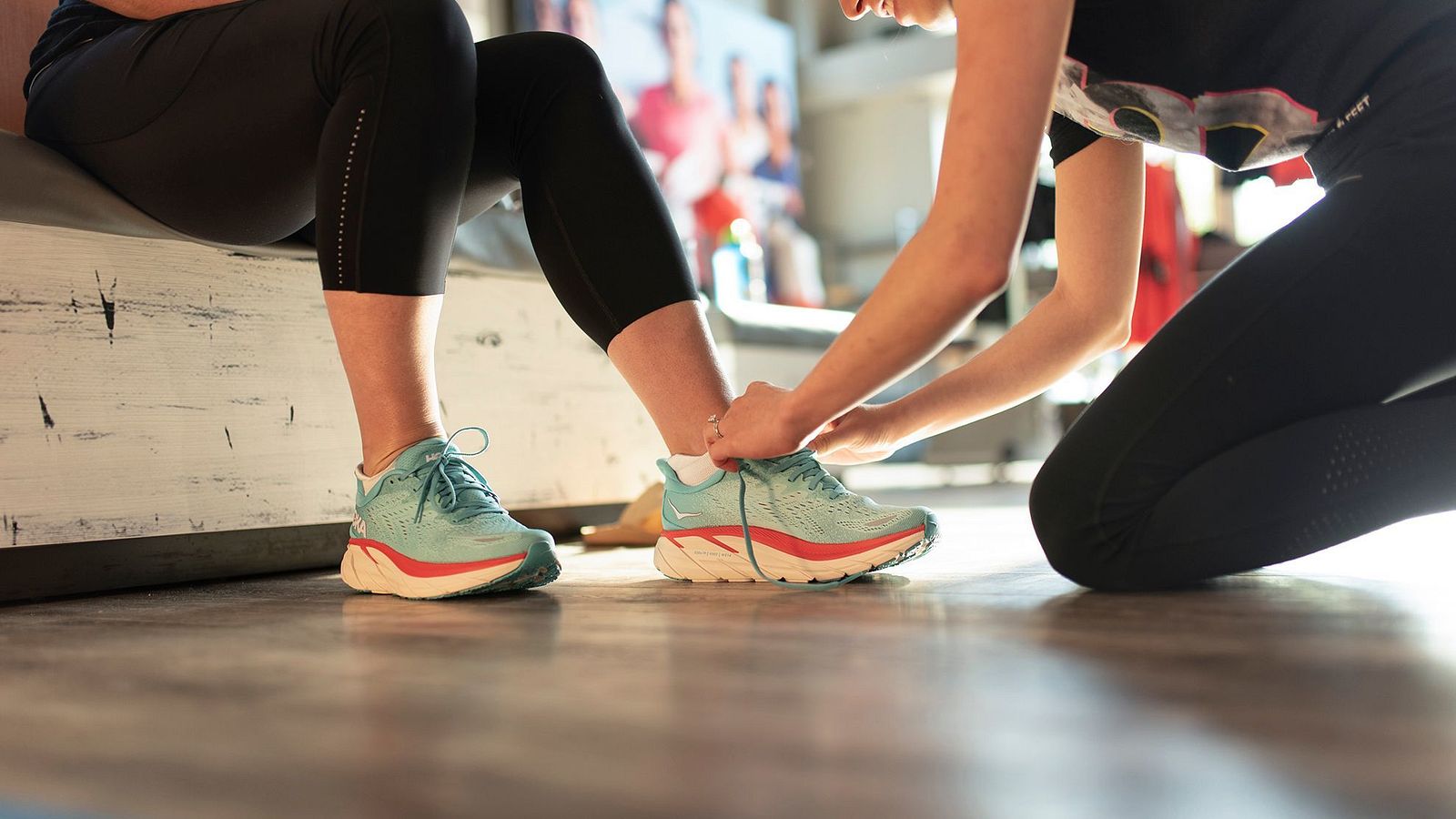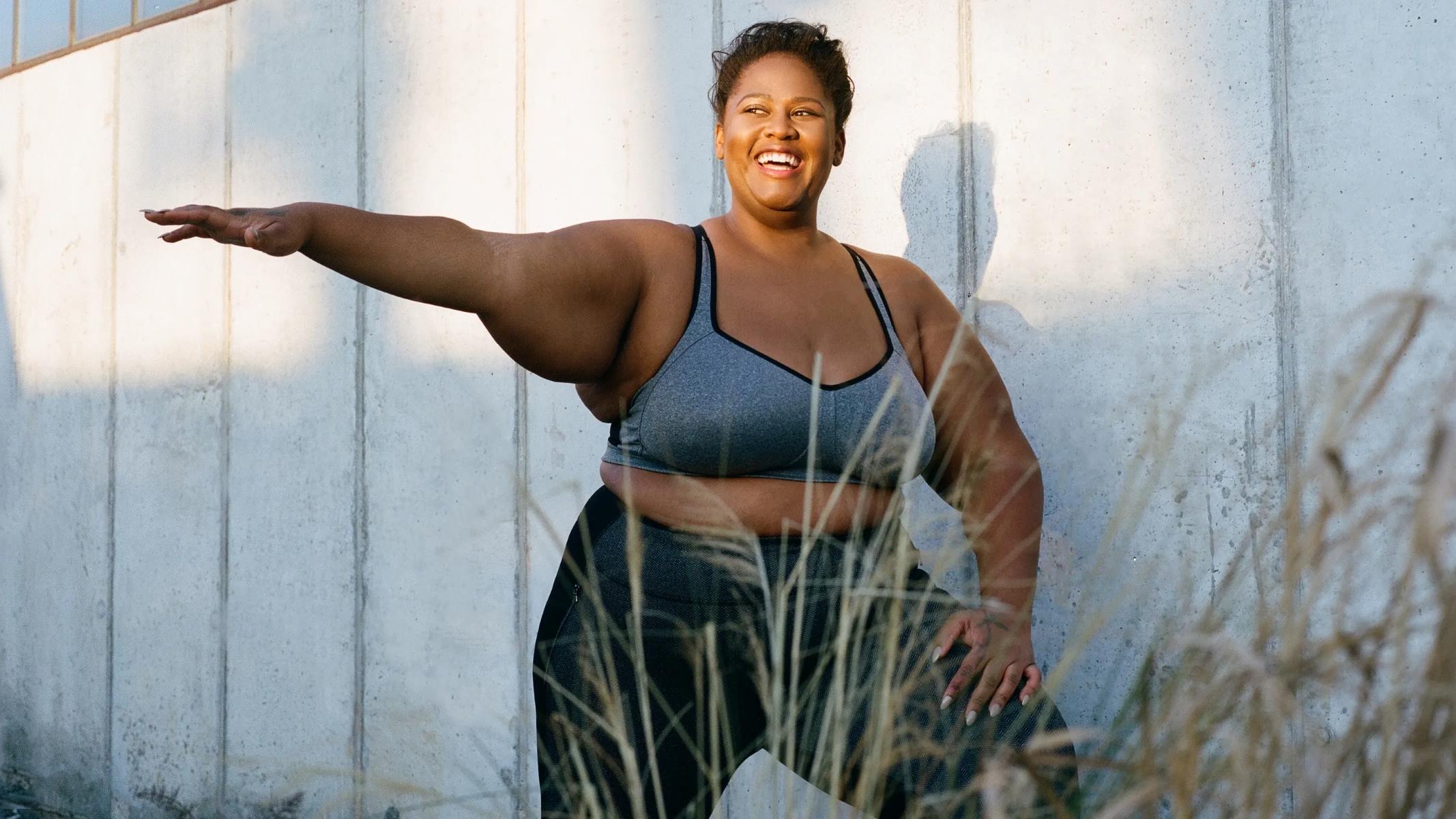Home>Misc>Featured>What Are The Best Running Shoes For Bunions
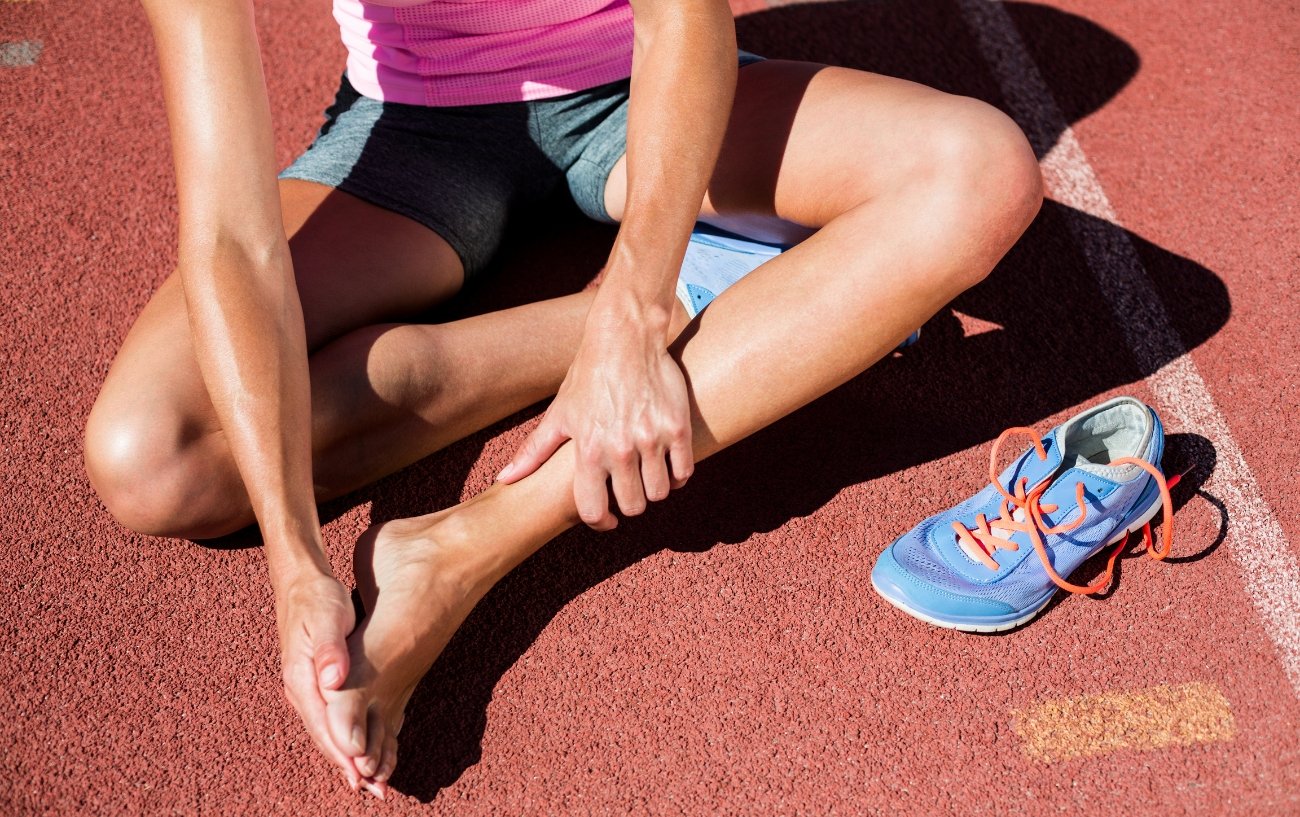

Featured
What Are The Best Running Shoes For Bunions
Modified: January 2, 2024
Looking for the best running shoes for bunions? Discover our featured selection of comfortable and supportive footwear designed to alleviate foot pain.
Introduction
Welcome to our comprehensive guide on finding the best running shoes for individuals with bunions. If you are a runner who is dealing with this common foot condition, you know how important it is to have shoes that provide comfort, support, and proper fit. Bunions can cause pain, discomfort, and even lead to other foot problems if not properly addressed.
A bunion is a bony bump that forms at the base of the big toe, caused by the misalignment of the joint. It can result from a variety of factors, including genetics, improper footwear, and certain medical conditions. As a runner, the repetitive impact and pressure on your feet during each stride can aggravate the bunion and make it difficult to find running shoes that offer the necessary support and comfort.
Choosing the right running shoes is crucial for runners with bunions. The shoes need to accommodate the unique shape of the foot and provide the necessary support to prevent further irritation and pain. In this guide, we will discuss the factors to consider when selecting running shoes for bunions, the top features to look for, and provide reviews of some of the best options available in the market today.
We understand the importance of finding the right pair of running shoes to alleviate the discomfort caused by bunions so that you can continue pursuing your running goals. Whether you are a beginner or a seasoned athlete, this guide will provide you with the necessary information to make an informed decision and find the best running shoes for your specific needs.
So, let’s dive in and discover the best running shoes that will provide comfort, support, and enhance your running experience even if you have bunions!
Understanding Bunions
Before diving into the search for the best running shoes for bunions, it’s important to have a clear understanding of what bunions are and how they can impact your running performance. A bunion is a bony bump that forms at the base of the big toe, where the joint is misaligned. This condition, known as hallux valgus, causes the big toe to angle towards the other toes instead of straight ahead.
Bunions can be caused by multiple factors, such as genetics, faulty foot mechanics, wearing ill-fitting shoes, and certain medical conditions. They are more common in women due to the tendency to wear narrow and high-heeled shoes that squeeze the toes together. Over time, the continued pressure and friction on the affected joint can lead to pain, inflammation, and difficulty in finding footwear that fits properly.
When it comes to running, the repetitive impact and pressure on the feet can exacerbate the pain and discomfort caused by bunions. The constant movement and friction during each stride can irritate the already sensitive joint, making it essential to choose running shoes that offer proper support and accommodate the unique shape of your foot.
It’s important to note that bunions are progressive and can worsen over time if not properly addressed. Ignoring the symptoms or continuing to wear ill-fitting shoes can lead to further misalignment of the joint, increased pain, and potentially other foot problems such as hammertoes or corns. Therefore, it’s crucial to take proactive measures to manage bunions, and one of the key steps is investing in the right running shoes.
Understanding the structure of your foot and the specific characteristics of your bunion is essential in selecting appropriate running shoes. The shoes should provide ample room for your toes, proper arch support, cushioning, and stability to help alleviate the pressure on the bunion and prevent further pain or discomfort during your runs.
While it’s always recommended to consult with a healthcare professional or podiatrist for a comprehensive evaluation and personalized advice, this guide will help you navigate the world of running shoes for bunions and make an informed decision so that you can continue running without sacrificing comfort or performance.
How Bunions Affect Running
Bunions can significantly impact your running performance and overall comfort while you are out on the road or trail. The misalignment of the big toe joint can cause several issues that directly affect your gait and running mechanics.
Firstly, the bony bump of the bunion can rub against the inside of your shoe, leading to friction and irritation. This can result in painful blisters or calluses, making your runs uncomfortable and potentially leading to longer recovery times between workouts.
Secondly, the angle at which the big toe is misaligned can affect your overall foot stability and balance. Running with a bunion can lead to an altered gait, putting extra strain on other parts of your foot and lower leg. This can increase the risk of developing other foot problems like plantar fasciitis, shin splints, or stress fractures.
Furthermore, bunions can contribute to foot pronation issues. Pronation is the natural inward rolling motion of the foot that helps absorb shock during running. However, when the base of the big toe is misaligned, it can disrupt the natural pronation movement, leading to overpronation or underpronation. These irregular pronation patterns can cause instability and increase the risk of injuries.
The pain and discomfort caused by bunions can also affect your running form. You may subconsciously alter your stride, trying to avoid putting pressure on the affected area. This compensation can lead to muscle imbalances and inefficient running mechanics, impacting your performance and increasing the likelihood of overuse injuries.
Despite these challenges, it’s important to note that running with bunions is not impossible. With the right approach, including proper shoe selection, stretching, strengthening exercises, and occasional rest days, you can continue to pursue your running goals while managing the discomfort caused by bunions.
By choosing running shoes that provide adequate support, cushioning, and room for your bunion, you can minimize pressure on the affected area and alleviate pain during your runs. Additionally, incorporating specific exercises and stretches into your routine can strengthen the muscles around the bunion, stabilize your foot, and improve overall running mechanics.
Now that we have a clear understanding of how bunions can affect running, it’s time to explore the factors you should consider when choosing the best running shoes for bunions.
Factors to Consider When Choosing Running Shoes for Bunions
When selecting running shoes to accommodate bunions, there are several important factors to consider. Taking these factors into account will help ensure that you find a pair of shoes that provide the necessary support, comfort, and fit for your specific needs:
- Toe Box Width: Look for running shoes with a wide and spacious toe box. This will allow your toes, including the bunion, to have enough room to move and prevent unnecessary pressure or discomfort.
- Midsole Cushioning: Adequate cushioning in the midsole can help absorb the shock from each stride and reduce the pressure on the bunion. Look for shoes with sufficient cushioning in the forefoot and heel areas.
- Arch Support: Choose running shoes that provide appropriate arch support. This will help promote proper alignment of the foot and reduce excessive pronation, which can aggravate bunions.
- Stability: Running shoes with good stability features can help control excessive foot motion, ensuring that your foot remains aligned properly and reducing stress on the bunion.
- Flexibility: Look for shoes that offer a certain level of flexibility. This will allow for natural foot movement and help prevent the development of other foot problems.
- Orthotic Compatibility: If you currently use custom orthotics or inserts to manage your bunion, make sure the running shoes have removable insoles and enough space to accommodate them.
- Closure System: Consider the closure system of the running shoes. Opt for shoes with adjustable and secure closure mechanisms, such as laces or straps, to ensure a snug fit without putting additional pressure on the bunion area.
- Breathability: Look for running shoes made of breathable materials to help keep your feet cool and dry. This can prevent excessive sweating and reduce the chances of developing blisters or fungal infections.
- Brand Reputation: Consider purchasing running shoes from reputable brands known for their quality and innovation. These brands often invest in research and technology to provide the best footwear options for specific foot conditions.
- Personal Comfort: Ultimately, the most important factor is your own comfort. Try on different running shoe models and brands, walk and jog around to assess how they feel on your feet. Listen to your body and choose the pair that feels the most comfortable and supportive.
Keep in mind that everyone’s feet and bunions are unique, so what works for one person may not work for another. It’s important to experiment and find the shoes that best suit your specific needs and provide the necessary support and comfort for your bunion.
Now that we have discussed the important factors to consider when selecting running shoes for bunions, let’s explore the top features to look for in these shoes.
Top Features of the Best Running Shoes for Bunions
When searching for the best running shoes for bunions, there are several key features to look for. These features will ensure that the shoes provide the necessary support, comfort, and fit to accommodate your bunions:
- Wide Toe Box: Look for shoes with a spacious toe box that allows your toes, including the bunion, to move freely without any restriction or pressure.
- Soft and Flexible Upper: Choose shoes with a soft and flexible upper material that will minimize friction and irritation against your bunion.
- Extra Cushioning: Opt for shoes with additional cushioning in the forefoot and heel areas to absorb shock and reduce pressure on the bunion.
- Removable Insoles: Running shoes with removable insoles give you the flexibility to replace them with custom orthotics or inserts that provide extra support and comfort for your bunions.
- Arch Support: Look for shoes that offer adequate arch support to promote proper foot alignment and reduce excess pronation, which can aggravate bunions.
- Stability Features: Running shoes with stability features, such as a firm midsole or supportive overlays, help control excessive foot motion and reduce stress on the bunion area.
- Adjustable Closure System: Shoes with laces or straps allow you to adjust the tightness to ensure a secure fit without putting additional pressure on the bunion.
- Breathable Materials: Consider shoes made of breathable materials to keep your feet cool and dry, preventing excessive sweating that can lead to discomfort or blisters.
- Lightweight Design: Look for shoes that are lightweight to minimize the overall strain on your feet and make your running experience more enjoyable.
- Durable Outsole: Choose shoes with a durable outsole that can withstand the wear and tear of regular running while providing necessary traction and stability.
Remember, the best running shoes for bunions will vary depending on your specific foot shape, the severity of your bunions, and your personal preferences. It’s important to try on different shoes and pay attention to how they feel on your feet. Listen to your body, and if possible, seek advice from a healthcare professional or shoe specialist to find the most suitable pair for your needs.
Having discussed the top features to look for in running shoes for bunions, let’s dive into reviews of some of the best options available in the market today.
Reviews of the Best Running Shoes for Bunions
When searching for the best running shoes for bunions, it can be overwhelming to navigate through the numerous options available in the market. To help narrow down your choices, we have compiled a list of highly recommended running shoes that are known for their comfort and ability to accommodate bunions:
- Nike Air Zoom Pegasus: The Nike Air Zoom Pegasus is a versatile running shoe that offers a comfortable fit and excellent cushioning. It features a spacious forefoot and a flexible upper, making it ideal for runners with bunions.
- Brooks Ghost: The Brooks Ghost is a popular choice among runners with bunions. It provides ample room in the toe box, excellent cushioning, and a soft and flexible upper for added comfort.
- Saucony Guide: The Saucony Guide is known for its stability and support, making it a great option for runners with bunions. It offers a roomy toe box and a responsive cushioning system to minimize discomfort.
- New Balance 1080: The New Balance 1080 is praised for its roomy toe box and plush cushioning. It provides exceptional comfort and support, making it an excellent choice for those with bunions.
- Asics Gel-Kayano: The Asics Gel-Kayano is a highly recommended running shoe due to its excellent stability, support, and cushioning. It features a spacious toe box and a breathable upper to accommodate bunions.
It’s important to note that every individual’s feet and bunions are unique, so it’s essential to try on these shoes and assess how they feel on your feet. What works for someone else may not necessarily work for you. Consider factors such as the severity of your bunions, your running style, and personal preferences when selecting the best running shoes for your needs.
Remember to take the time to properly break in your new running shoes and gradually increase your mileage to allow your feet to adjust. It’s also recommended to consult with a healthcare professional or podiatrist for personalized advice based on your specific foot condition.
Now that we have reviewed some of the best running shoes for bunions, let’s explore some tips for properly fitting running shoes to accommodate bunions.
Tips for Properly Fitting Running Shoes to Accommodate Bunions
Properly fitting running shoes are essential for runners with bunions to ensure comfort and prevent further irritation. Here are some tips to keep in mind when fitting running shoes to accommodate bunions:
- Get Professionally Measured: Visit a specialized running shoe store or have a professional measure your feet. They can assess the length, width, and arch type of your feet, helping you find the right size and style of shoes.
- Size Up: Consider going up a half or full size to accommodate the extra width needed for your bunion. This will prevent unnecessary pressure or discomfort on the affected area.
- Try Different Brands and Models: Different brands and models have varying shapes and fits. Don’t be afraid to try on different options to find the one that provides the best fit and comfort for your feet.
- Focus on the Toe Box: Look for shoes with a wide and roomy toe box that allows your toes, including the bunion, to move freely without being squeezed or restricted.
- Check for Pressure Points: Test the shoes by walking or jogging around the store to check for any pressure points or discomfort. Make sure there is no rubbing or squeezing around the bunion area.
- Consider Adjustable Closure Systems: Look for shoes with laces or straps that allow you to customize the fit and adjust the tightness to avoid putting unnecessary pressure on the bunion.
- Consult with a Healthcare Professional: If you have severe bunions or additional foot conditions, consult with a healthcare professional or podiatrist who can provide personalized guidance and recommendations.
- Replace Shoes Regularly: Running shoes lose their cushioning and support over time, so it’s important to replace them regularly, particularly if you have bunions. Worn-out shoes can exacerbate pain and discomfort.
- Consider Custom Orthotics or Inserts: If necessary, consult with a healthcare professional to get custom orthotics or inserts that can provide additional support and cushioning for your feet and bunions.
- Listen to Your Body: Ultimately, the most important factor is your own comfort. Pay attention to how the shoes feel on your feet and listen to any discomfort or pain signals. If something doesn’t feel right, try a different pair.
Remember that finding the right running shoes to accommodate bunions may take some trial and error. Don’t rush the process and prioritize comfort and fit over aesthetics. Taking the time to find the right shoes will significantly improve your running experience and help manage the discomfort caused by bunions.
Now that we have discussed fitting running shoes to accommodate bunions, let’s explore some stretching and strengthening exercises that can benefit runners with bunions.
Stretching and Strengthening Exercises for Runners with Bunions
In addition to wearing proper running shoes, incorporating stretching and strengthening exercises into your routine can help alleviate the discomfort caused by bunions and improve your running mechanics. Here are some exercises that can benefit runners with bunions:
- Toe Stretch: Sit on a chair with your feet flat on the floor. Use your hand to gently pull the big toe away from the other toes, holding the stretch for 30 seconds. Repeat on the other foot. This exercise helps stretch the muscles and tendons surrounding the bunion.
- Toeball Pickup: Place a small towel or a handful of marbles on the floor. Using only your toes, pick up the towel or marbles and hold them for a few seconds before releasing them. Repeat this exercise 10-15 times to strengthen the muscles in your feet.
- Calf Stretch: Stand facing a wall and place your hands on the wall for support. Step one foot back, keeping it straight, and bend the front knee. Lean forward slightly until you feel a stretch in your calf. Hold for 30 seconds and switch sides. This stretch helps improve ankle mobility and calf flexibility.
- Arch Strengthening: Sit on a chair with your feet flat on the floor. Slowly lift your toes while keeping your heels on the ground, then lower them back down. Repeat this exercise for 10-15 repetitions on each foot to strengthen the muscles in your arches.
- Heel Raises: Stand with your feet hip-width apart, holding onto a stable surface for balance if needed. Slowly rise up onto your toes, lifting your heels off the ground as high as you can. Pause for a moment, then lower your heels back down to the ground. Repeat for 10-15 repetitions to strengthen the muscles in your calves and feet.
- Ankle Rotations: Sit on a chair and extend one leg out in front of you. Rotate your ankle in a circular motion, first clockwise and then counterclockwise. Perform 10 rotations in each direction, then switch to the other foot. This exercise helps improve ankle mobility and flexibility.
It’s important to perform these exercises regularly, ideally before and after your runs, to help stretch and strengthen the muscles in your feet and lower legs. Start with a gentle intensity and gradually increase as your comfort allows. If you experience any pain or discomfort during the exercises, stop and consult with a healthcare professional.
Remember to listen to your body and prioritize rest and recovery days. Taking care of your feet and managing the discomfort caused by bunions will help you maintain a healthy running routine and minimize the risk of further complications.
Now that we have explored stretching and strengthening exercises for runners with bunions, it’s time to wrap up this comprehensive guide.
Conclusion
Finding the best running shoes for bunions is crucial for maintaining comfort and preventing further irritation while pursuing your running goals. By considering factors such as toe box width, arch support, cushioning, and stability, you can select shoes that accommodate your bunions and provide the necessary support for an enjoyable running experience.
In our journey to understanding bunions and their impact on running, we explored how bunions can affect your performance and running mechanics. The pain, discomfort, and altered gait caused by bunions can lead to other foot problems if left unaddressed. However, with the right precautions and proper shoe selection, you can manage bunions and continue running comfortably.
We discussed the important factors to consider when choosing running shoes for bunions, including the toe box width, midsole cushioning, arch support, stability, and flexibility. These factors will ensure that your shoes provide the necessary support and comfort for your bunions.
Furthermore, we reviewed some of the best running shoe options available in the market, such as the Nike Air Zoom Pegasus, Brooks Ghost, Saucony Guide, New Balance 1080, and Asics Gel-Kayano. These shoes have been praised for their ability to accommodate bunions and provide the necessary comfort and support for runners.
To maximize the benefits of your running shoes, we also discussed the importance of properly fitting them to accommodate bunions. Through professional measurement, sizing up, and considering adjustable closure systems, you can find shoes that fit well and minimize pressure on your bunions.
In addition, we explored stretching and strengthening exercises that can benefit runners with bunions. These exercises help stretch and strengthen the muscles in your feet and lower legs, promoting better foot mechanics and reducing discomfort while running.
Remember, every runner’s feet and bunions are unique, so it may take some trial and error to find the best combination of running shoes, exercises, and strategies that work for you. Consult with a healthcare professional or podiatrist for personalized advice based on your specific foot condition.
With the right shoes, exercises, and care, you can continue running with bunions and enjoy a comfortable and fulfilling running experience. Prioritize your foot health, listen to your body, and take the necessary steps to manage and minimize the discomfort caused by bunions. Happy running!
